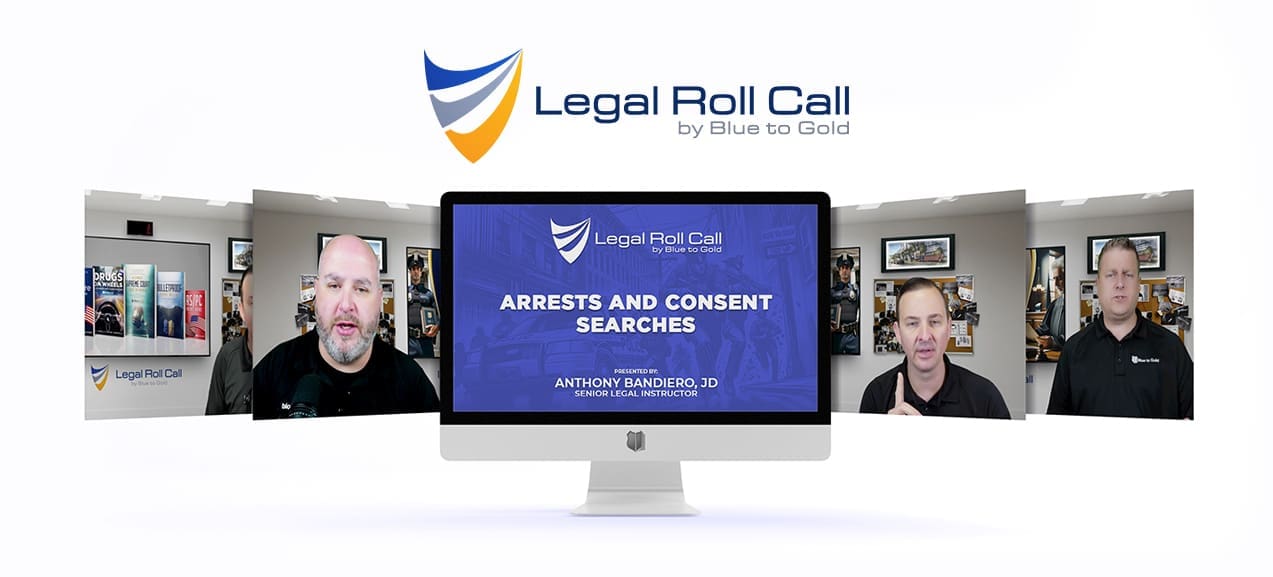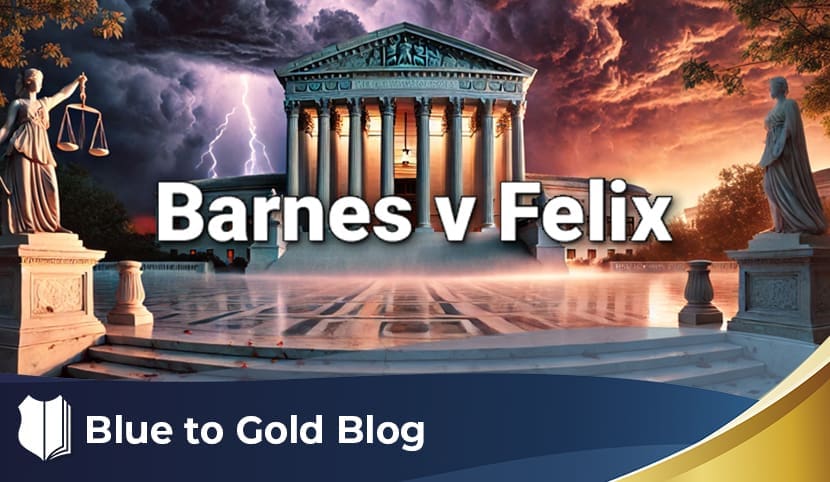Under the Fourth Amendment, in order to justify a non-consensual search of a lawfully detained person, an officer must have a reasonable belief the person is “armed and dangerous.” This is the key holding in Terry v. Ohio. Since then, many lower courts have interpreted the Supreme Court’s use of the term “armed and dangerous” as more of a term of art rather than a descriptive term. See, e.g., United States v. Robinson, 846 F.3d 694 (4th Cir. 2017) and United States v. Rodriguez, 739 F.3d 481 (10th Cir. 2013). In other words, a reasonable belief that a lawfully detained person is armed, especially with a firearm, gives rise to a reasonable belief he is also dangerous (enough so as to justify a search for and temporary seizure of a weapon). And the lawfulness of the possession of the weapon is generally not a relevant consideration.
In New York State Rifle & Pistol Ass’n, Inc. v. Bruen, 597 US 1 (2022), the Supreme Court held that the Second Amendment protects an individual right to carry a firearm in public for self-defense. Since no right is absolute, the government may place limitations on that right, according to Bruen, but only if those limitations are consistent with the text and historical understanding of that right. This is a critical holding because it replaces the traditional means-ends scrutiny test (i.e., “reasonableness”) whereby most infringements upon other fundamental rights are analyzed. Simply relying on the fact that firearms are dangerous doesn’t justify regulation. More is required.
In United States v. Rahimi, 602 U.S. ___ (2024), the Court held that firearm possession may be regulated on a finding that a person is dangerous as determined by a judicial official. That is a far cry from that same unilateral determination made by a police officer on the street.
How does this potentially affect an officer’s authority to conduct a lawful frisk? The caselaw so far is sparse on the issue. The few cases that exist seem to note no effect. See, e.g., Commonwealth v. Crowder, 253 N.E.3d 1207 (Mass. 2025). But I’m not sure that’s correct. Cases such as Robinson and Rodriguez, which permit a search for and temporary seizure of a firearm during a forcible encounter solely because the person is armed with a firearm, seem to me to run counter to the holdings and analysis in Bruen and Rahimi.
Moving Forward
Although no Fourth Amendment cases have been definitively abrogated by Bruen and Rahimi, one is correct to wonder if there will be subsequent developments along this line. I think one area where Bruen and Rahimi will certainly be influential is the aforementioned question: May an officer who reasonably believes a lawfully detained person is armed with a firearm draw the direct conclusion, without more, that person is dangerous such that he may be searched and the firearm, if discovered, temporarily seized? Not without more, in my opinion. More what? Additional facts, circumstances and reasonably drawn inferences therefrom, that give rise to a particularized concern that this person presents a threat to public or officer safety. Some examples could be: the person’s criminal history, the nature of the offense being investigated, information from a reliable informer, statements made by the person, etc. The days of presuming dangerousness merely because a person is armed are likely in the past, however. An officer’s observations, inferences and articulation will now be critical than ever to the analysis.
Note: This is only one aspect of Terry and it progeny potentially affected by recent developments in the Supreme Court’s Second Amendment jurisprudence. As is always the case in these matters, we’ll have to stay tuned in closely.










